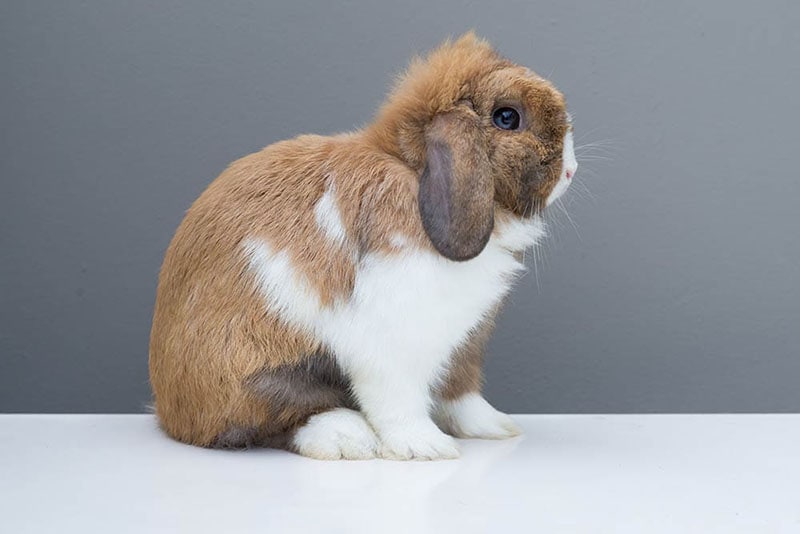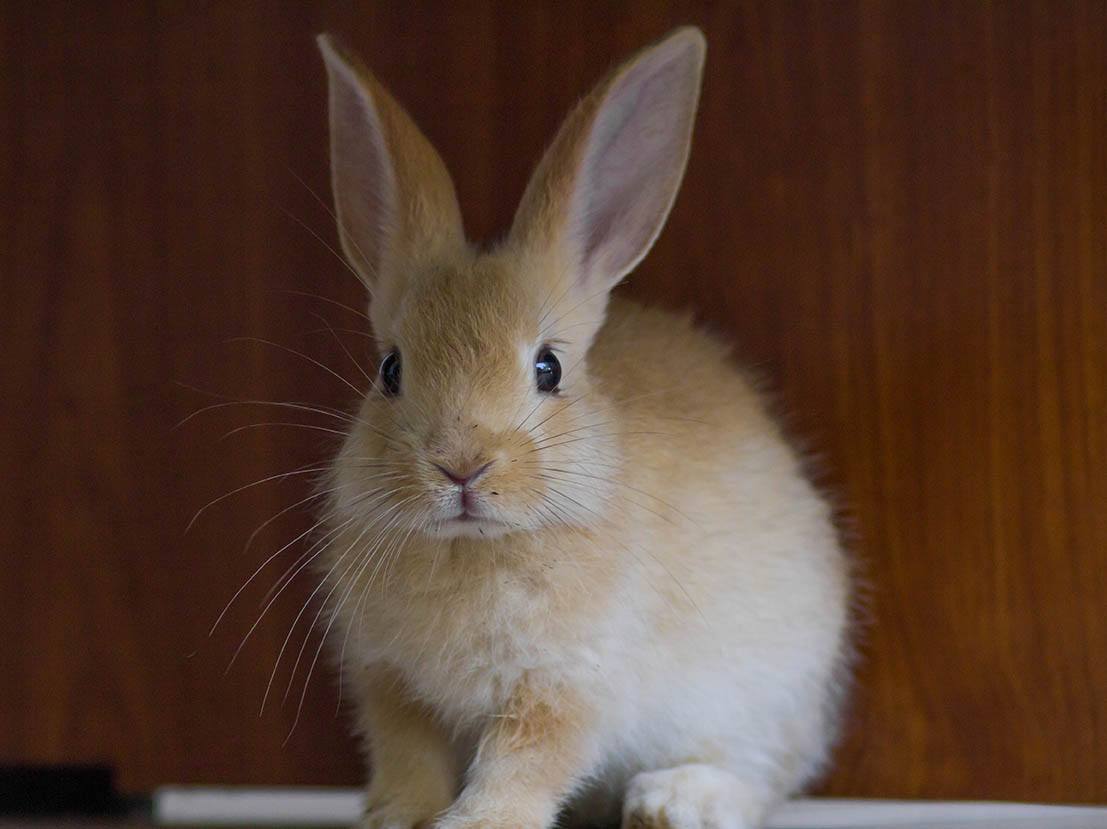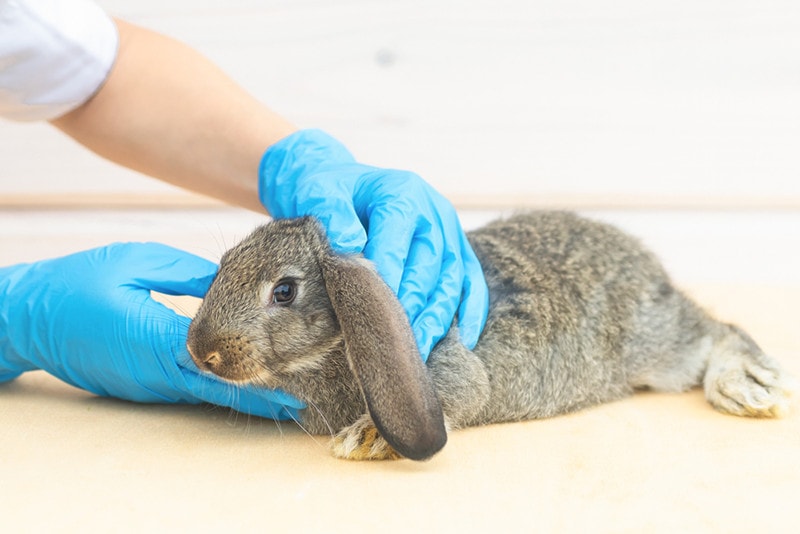Angora Rabbit: Pictures, Care Guide, Lifespan & Traits

Updated on
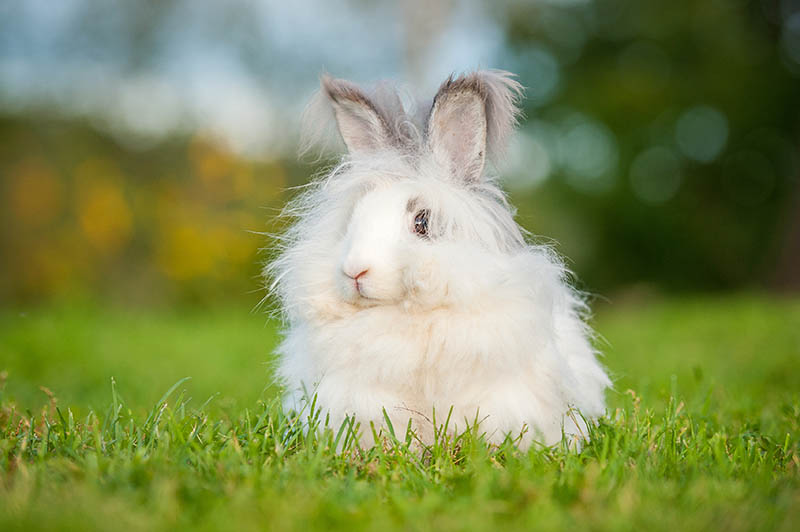
Click to Skip Ahead
As well as their incredible fur, which is used to make everything from soft sweaters to equally soft hats, Angora Rabbits are also known for their soft temperament and docile nature. They can potentially make great pets even for inexperienced owners and are an especially good choice of breed for owners who want a cuddly rabbit that still likes to partake in some fun and games.
Read on for more information about this desirable breed and to determine whether it is the right breed for your family.
| Size: | Medium |
| Weight: | 5–12 pounds |
| Lifespan: | 5–8 years |
| Similar Breeds: | Lionhead |
| Suitable for: | Owners that are willing to spend time with their pet rabbits |
| Temperament: | Gentle, soft, playful, cuddly |
There are, in fact, more than 10 different breeds of Angora Rabbit. French and English Angora Rabbits are the most commonly kept as pets, but the traditional Angora comes from Ankara in Turkey, which was formerly known as Angora. The breed, which is considered the longest domesticated breed of rabbit, is considered a medium size and is best known for its long, soft fur.
The fur is used as wool and is very soft. This fur is also the reason that Angora Rabbits are considered higher maintenance and a little more difficult to look after than a lot of other breeds.
Angora Rabbit Breed Characteristics
 How Much Do These Rabbits Cost?
How Much Do These Rabbits Cost?
Prices for Angora Rabbits vary according to the exact breed of rabbit, as well as its history and lineage, but you can expect to pay anywhere from $50 to $250 or more. Pet-standard Angoras will come in at the bottom of this price range and while they might not be considered show standard, they will still have beautiful fur and make good pets. The higher end of the price range is reserved for show-quality rabbits that are descended from show-winners.
Angoras do take quite a lot of care and they can live as long as 12 years. This means that as well as being available from specialist breeders and from some local pet stores, you may be able to find them in rescues or shelters. Adoption fees vary almost as much as purchase costs but the adoption fee typically ranges from $0 to $50. Some shelters may be willing to give away older Angoras because it frees up room to take on more animals while ensuring that the rabbit goes to a caring home.
The cost of the rabbit itself is only a small fraction of what you will have to pay over the life of the rabbit. You will need to buy a hutch and run, as well as items like toys, brushes, and combs. Monthly costs will include rabbit food, bedding, and the cost of greens and vegetables.
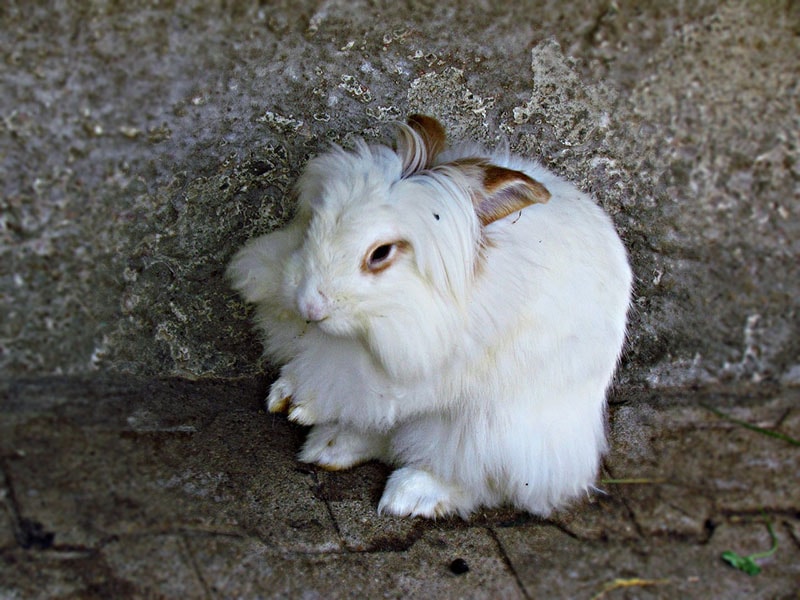
Temperament & Intelligence of the Angora Rabbit
If you are considering an Angora Rabbit as a pet, you will need to know whether it is a generally friendly rabbit. The more handling you give a rabbit, the more it will tolerate handling, but some breeds generally like being picked up and handled more than others.
Do These Rabbits Make Good Pets?👪
Angora Rabbits can make excellent pets, depending on what the owner is looking for. The Angora is generally placid and will take to being handled as long as you spend time with it every day. It is also an intelligent and playful breed that can enjoy playing with cat toys and does need regular exercise time out of its hutch.
If you want a hands-off rabbit and don’t want to spend time maintaining your pet, the Angora may not be the right choice. That incredible fur needs regular maintenance or the rabbit can end up with skin sores and matted fur.

Does This Rabbit Get Along With Other Pets?
Generally, your Angora pet will get along with other animals and it depends almost exclusively on the behavior of the other animal. If your cat or dog is gentle and friendly, the Angora could form a very strong bond with it. If the other animal shows any signs of aggression, the Angora Rabbit will naturally keep its distance and not mingle with the other pets.
Things to Know When Owning an Angora Rabbit:
The Angora usually gets along with its human family and can get along with other pets. It is friendly and docile but also playful and alert. As such, it makes a good companion for owners who want a hands-on pet. But it may not be ideal for all owners. When considering one of these breeds, you should consider the following factors, too.
Food & Diet Requirements 🥕
A lot of an Angora’s requirements stem from that incredible coat. To keep the coat looking healthy, for example, you will need to feed a diet that is a little higher in protein than you would feed other rabbits. You should aim for about 17% to 18% protein in the diet. Most commercial pellets only contain 14% or 15% so you will need to shop around for the ideal food.
Hay still makes up the majority of an Angora’s diet and it should be offered freely throughout the day. Timothy Hay is considered a high-quality hay that meets the needs of an Angora. Finally, offer some fresh greens every day to meet the vitamin and mineral requirements of your rabbit. Always provide fresh water for your rabbit.

Habitat & Hutch Requirements 🏠
Your Angora Rabbit needs a good-quality hutch. The hutch should be free from damage and sharp edges because the fur will easily snag and get caught. In terms of size, the absolute minimum size provided needs to be 2 x 3 feet and 2.5 feet tall. If you can provide more room than this, the rabbit will benefit from the extra space. You should also provide a run unless you are going to let your rabbit have free run in a rabbit-proofed room in the house. Provide a litter tray, if you intend to litter train your rabbit, and offer soft shavings or straw as bedding.
Exercise & Sleeping Needs 🐇
Ensure an area of the hutch is separated from the rest and that it is completely dark. Provide plenty of bedding so that your Angora can get comfortable and stay warm while sleeping. And look to provide your Angora with at least 2 to 3 hours of exercise outside their cage, every day. You can offer a run or a sectioned-off area but this should be big enough that the rabbit can stretch its legs and hop around. Alternatively, rabbit-proof a room and let them run around as they like.
Training 🥎
Most owners at least choose to litter train their Angora Rabbit. It is easier to litter train a rabbit than most people think because they prefer to pee and poop in the same area whenever they need to go. Determine what area your rabbit is using as a toilet and then put the litter tray down in that spot.
If the rabbit moves its toileting to a different area, rather than using the tray, clean it up and move the tray again. It may take a few attempts, but this should ensure that your rabbit uses the tray. The Angora Rabbit is so intelligent that it can be taught to play fetch, in some cases, and you may be able to teach it a few other basic tricks using positive reinforcement techniques.

Grooming ✂️
Grooming is arguably the most difficult aspect of owning an Angora. For some prospective owners, they are looking for this level of interaction and enjoy the idea of daily brushing, but it will put others off. Depending on the type of Angora, you may need to brush yours every day. Daily brushing helps prevent matting and can prevent skin and coat issues.
Lifespan and Health Conditions 🏥
The Angora Rabbit can live as long as 12 years, but more typically lives between 5 and 8 years. Those that are kept indoors have a longer lifespan. The breed is somewhat prone to certain illnesses and conditions. Like most rabbit breeds, the Angora does have a fragile spine, so take care when picking it up and handling it. Other common problems include:
- Dental Disease
- Parasites
- Viral Infections
- Bladder Problems
- Spinal Injury
Male vs Female
Although the individual character of the rabbit will have more of an effect on its personality, some owners claim that females have a stronger personality. This means that female rabbits can be more independent and stubborn than males. Females also tend to be more adventurous than males, while males will be more inclined to want to be held and spend time with their humans.
3 Little-Known Facts About Angora Rabbits
1. There Are More Than 10 Angora Breeds
The original Angora Rabbit hails from Turkey but the breed became very popular thanks to its soft and luxurious fur. Its popularity meant that the breed spread around the world, and each country it was exported to bred its own characteristics into it. Of the approximately 11 Angora species that exist today, the most commonly seen are English, French, German, Satin, and Giant Angoras.
2. They Are the Oldest Domesticated Rabbit Breed
The breed was first discovered in Angora, now Ankara, in Turkey several hundred years ago. They were domesticated for their incredibly soft and warm wool and it was this wool that saw them spread around the world. They became especially popular in France and started to appear in the U.S. at the beginning of the 20th Century. The American Rabbit Breeders Association recognized the English and French breeds as separate in 1939 and, today, the Satin and Giant Angoras are also recognized as distinct Angora breeds.
3. Angora Wool Is Expensive
Angora wool is incredible. As well as being very soft, it is also said to be seven times warmer than sheep’s wool, so it is hardly surprising that it was, and still is, highly sought after as a textile fabric. However, the wool is not strong enough to be used on its own and is too warm to be used to create garments like sweaters, so it needs to be blended. Another reason for the blending of Angora wool is that it is more expensive than sheep and alpaca wool. This expense is likely because of how little wool can be obtained from a single Angora rabbit compared to that of a single sheep.
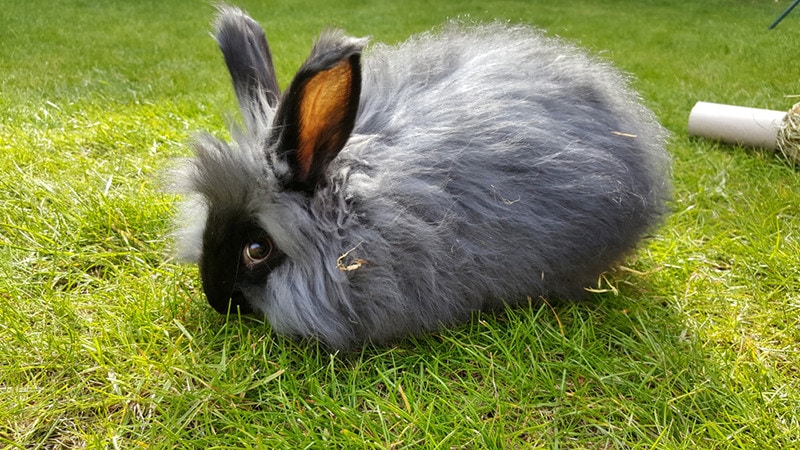
Final Thoughts
There are more than 10 different breeds of Angora Rabbit, but they are all known to make good pets that are intelligent, docile, friendly, and fun. They have incredible fur that is widely used as wool throughout the world, although it does need to be blended with other wool because it is fragile and too warm. The wool of the Angora also means that the breed needs extra care from its owners, with regular brushing and grooming being a major part of Angora ownership.
See Also:
- Rhinelander Rabbit: Info, Care, Pictures & More
- Giant Angora Rabbit: Pictures, Care Guide, Lifespan & Traits
Featured Image Credit to: Rita_Kochmarjova, Shutterstock
 How Much Do These Rabbits Cost?
How Much Do These Rabbits Cost?
